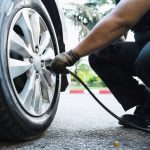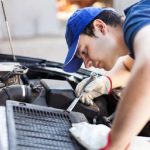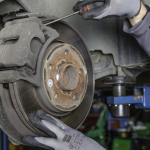ABS & EBD: The Dynamic Duo for Safer Braking
Anti-lock Braking Systems (ABS) have improved vehicle safety by preventing wheel lock-up during sudden braking. ABS tracks speed automatically using sensors at each wheel. A sensor identifies a tire slowing quicker than the car and instantly transfers brake pressure to it, indicating a lock-up. This modulation involves rapidly releasing and reapplying braking force numerous times […]
3 mins read





